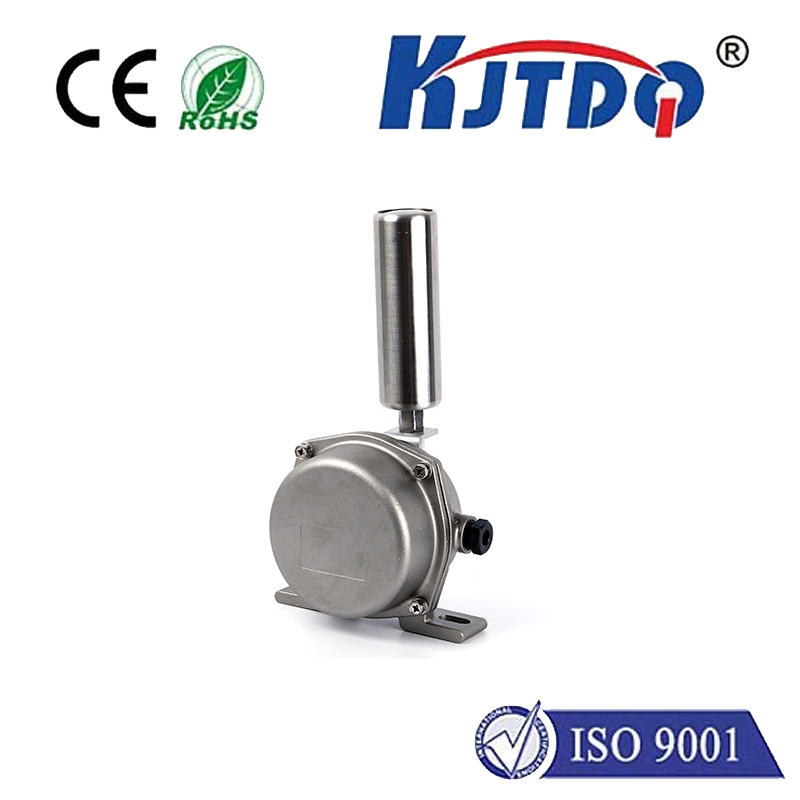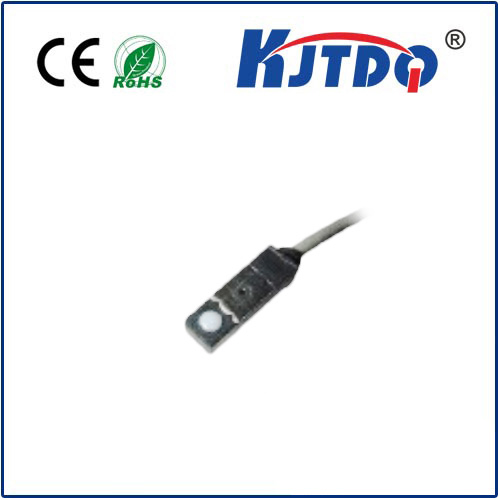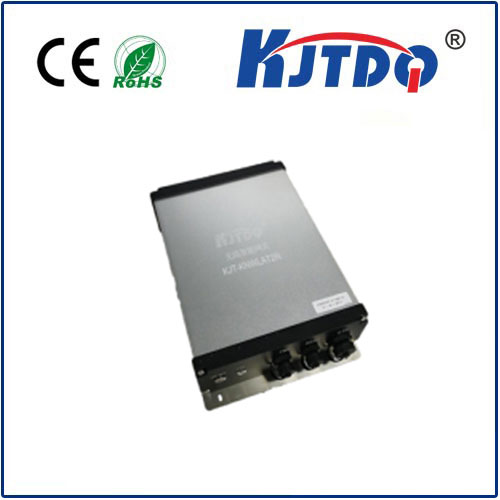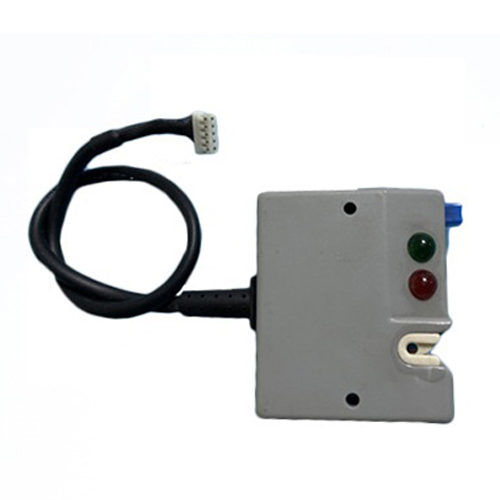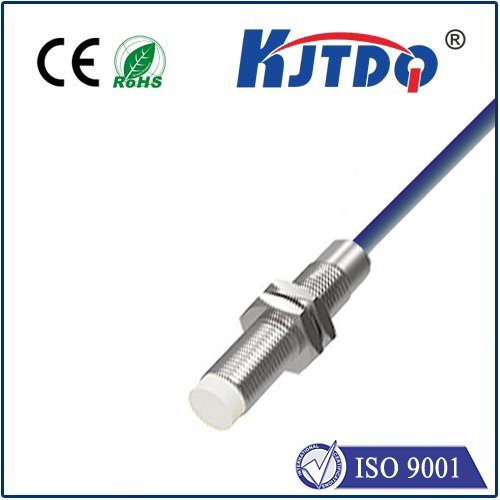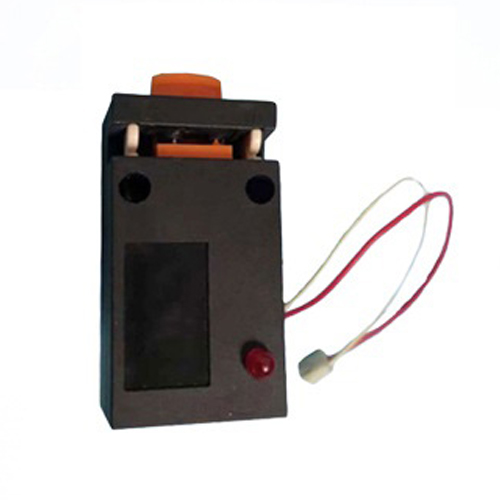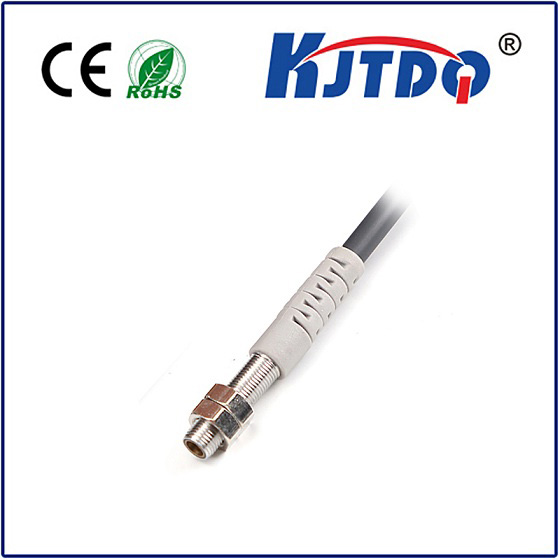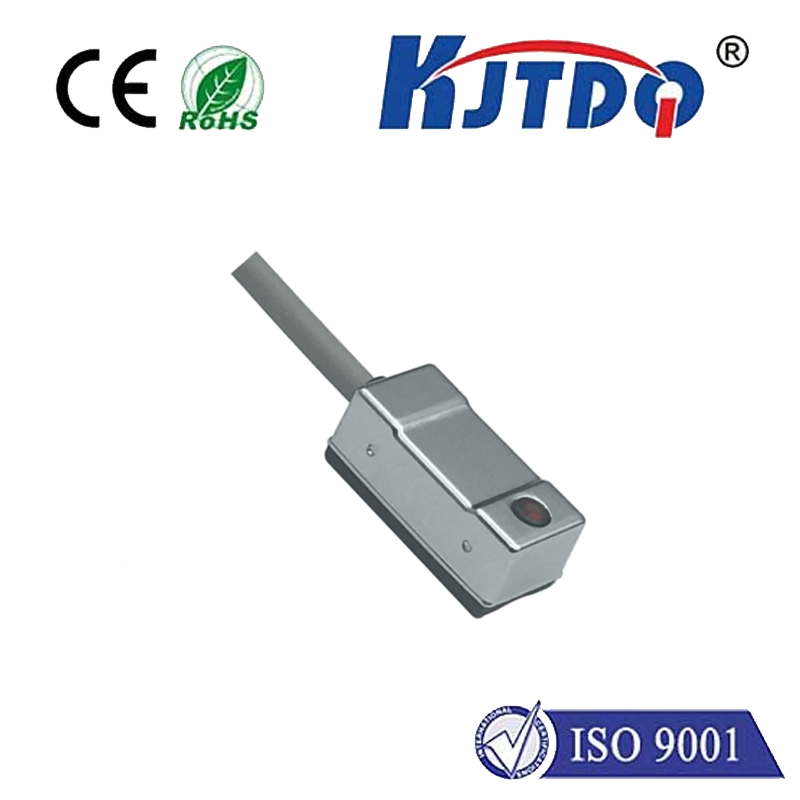

check

check

check

check

check

check

check

check

check

check
Ever notice how your phone buzzes with a coupon just as you walk past your favourite coffee shop? Or how ride-hailing apps magically know nearby drivers? The magic behind these increasingly common experiences lies in a powerful concept: distance proximity. But what exactly does this term encompass, and why has it become such a critical aspect of our technologically driven lives?
At its core, distance proximity refers to the measurement and utilization of the spatial relationship between objects, people, or locations. It’s the digital understanding of “how near” one point is to another. This isn’t merely about raw physical distance measured in miles or kilometers. It evolves into measuring relevance based on closeness – a coffee shop 50 meters away is vastly more relevant to your immediate needs than one 5 kilometers away. This nuanced understanding transforms simple geography into actionable intelligence.
We live in a fascinating era defined by the paradox of physical distance versus digital interaction. While technology allows us to connect instantly with someone continents away, our physical location remains intrinsically linked to countless daily decisions and experiences. Location-based services (LBS) leverage distance proximity as their fundamental building block. Think about:

The technological backbone enabling precise distance proximity calculations is robust and multifaceted:
Understanding and leveraging distance proximity unlocks immense potential across diverse sectors:
While the potential is vast, implementing distance proximity solutions responsibly demands careful consideration. User privacy is paramount. Transparency about data collection and usage, explicit opt-in consent, and robust data anonymization techniques are non-negotiable. Battery consumption on mobile devices, especially when using continuous location services or Bluetooth scanning, remains a technical challenge. Ensuring high location accuracy, particularly indoors or in dense urban environments, requires sophisticated sensor fusion and calibration techniques. Balancing precision with privacy and practicality is an ongoing technical and ethical effort.
As technology marches forward, the sophistication of distance proximity applications will only grow. The integration of Augmented Reality (AR) overlays digital information onto the physical world, heavily reliant on understanding the user’s precise proximity to objects. The Internet of Things (IoT) envisions billions of interconnected devices; their interactions and automation logic will often be dictated by their relative closeness to each other. Indoor positioning systems are rapidly evolving, promising GPS-like accuracy within buildings and complex structures. These advancements promise an even more seamless integration of digital intelligence and physical location.
Distance proximity is far more than a technical metric. It’s the invisible thread connecting our physical presence to the vast potential of the digital realm. From creating frictionless customer journeys to optimizing complex logistics networks and enhancing personal safety, the ability to accurately measure and respond to spatial relationships is fundamentally reshaping how we interact with the world and how businesses operate within it. As sensors become more ubiquitous and algorithms more intelligent, harnessing the power of nearness will remain a cornerstone of innovation, demanding thoughtful application to maximize benefits while safeguarding fundamental human values. The bridge between physical location and digital action, built on the foundation of proximity, is only becoming stronger and more integral to our future.
